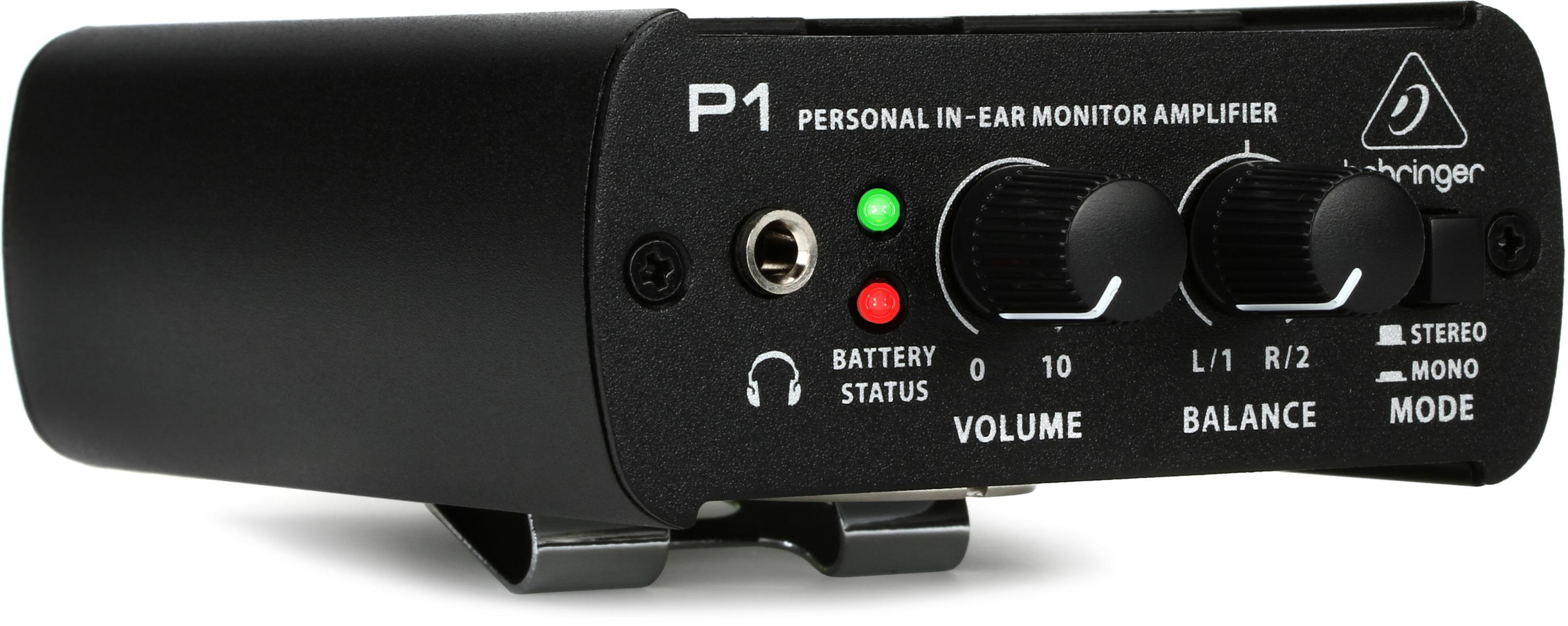The Behringer P2 is awesome for the price. It has 2 faults that are not (in my opinion) deal breakers. The first is that the mechanical release button that holds the case on is not in the dead center of the device, so even though the steel case / shell should in theory fit on the guts in either direction, it does not. If you get the case on backwards while changing batteries on a dark stage, there is a small gap at one end. This really doesn't matter in the slightest to it's usability, but it says to me that a co-op student did the mechanical drawings, and nobody checked his/her work before sending to manufacturing.
The second issue might be more problematic, depending on your situation. The unit uses 2x AAA batteries (works find with rechargeable batteries BTW). The battery holder is just far enough away from the case that if you drop the unit, and it happens to fall more or less on the serial number side, then one of both batteries can dislodge just enough so the unit loses power (if it was on) or won't power on (thus looks broken). Pop the cover open, push the batteries back into the clippy holder, and you are good to go again. I've never had the batteries fall out except when the unit is dropped. You could avoid this by putting a small piece of medium dense foam from some packing material inside the case, however the design of the unit does not allow that this foam could be glued or stuck in place, you'd just have to take it out, change batts, push it back in again.
Overall, it's very durable, and excellent value for the money.
In terms of hearing damage, that is really more of a sound engineer thing... sound engineers need to learn to adjust volumes slowly, check with the musicians as they make the adjustments and NEVER just jam sliders up to 0 or above randomly. I work mostly in smaller venues, so I'm both FoH & monitor engineer. I always get up on stage with the band, go through each musician's in ears mix one by one to get a pleasant but usable volume (at least for those who do not know or want to use the personal in ears apps for my mixers), and I always remind them that the P2 has a volume control, if it gets too loud, turn it down. Modern solid state electronics is extremely reliable, so the idea that these boxes are somehow going to break in such a way as to damage the musician's hearing is, in my opinion, beyond ridiculous. It is 1000x more likely that the sound engineer or the musician him/herself causes the hearing damage... but it's easier to blame the box than to accept responsibility for causing harm to others or oneself.

 www.sweetwater.com
www.sweetwater.com

